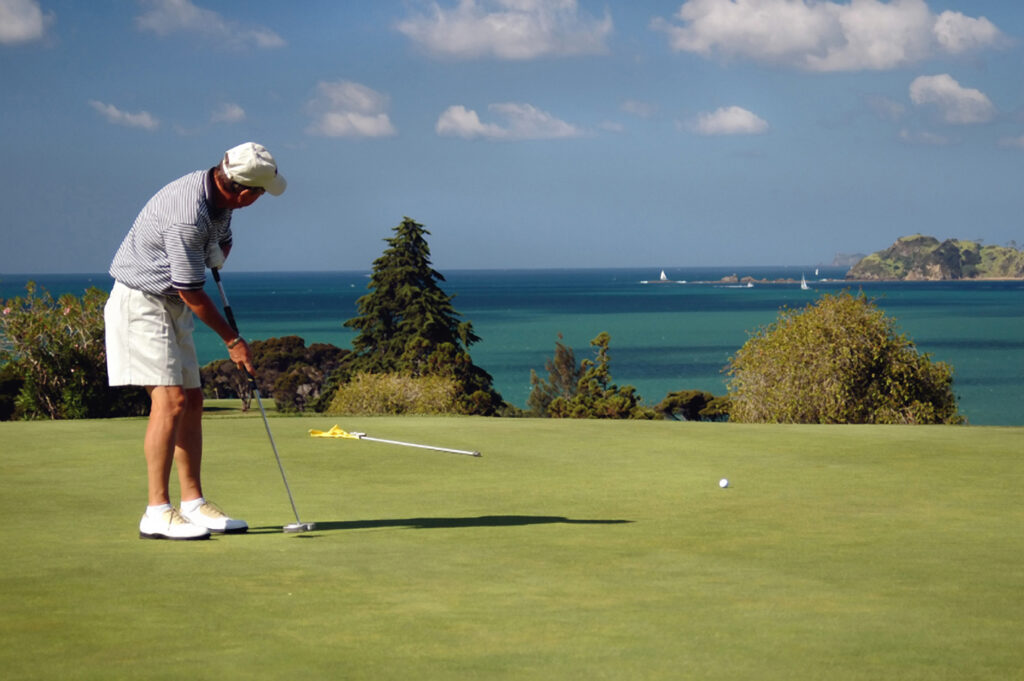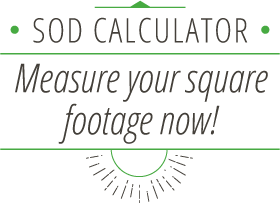3 Interesting Ways Grass Type Affects Your Putting Game

Playing a good round of golf is dependent on many external factors. Seasoned and beginner golfers alike can tell you that anything from the wind direction to the number of recent rainfalls contributes to your golf game. Even the type of grass on the course affects your game. Here are 3 ways that grass type affects your putting game.
Improved putting precision
Grass height plays a role in putting, but so does the actual density of the grass blades. When grass blades grow closely together, a denser, more velvety-smooth putting surface can be achieved. Smooth surfaces result in better putting precision. Density is a good thing, but keep in mind that certain grass species grow more densely than others.
Grass type affects the spin of the ball
Golf instructor Jack Moorehouse teaches his students to identify the type of grass on the green before attempting to put a spin on the ball. Why? It is easier to spin a ball sitting on Bermuda or Bentgrass grass than Zoysia. Because the ball sits higher on the Bermuda and Bentgrass, it becomes possible to add more spin.
Speed
The speed of the ball is affected by the golfer, wind conditions, grade of the greens, but also the grass type. Species of grass differ in the slight texture of the individual grass blades. This texture, combined with the grain (direction of growth) of the grass affects the speed of the ball. By identifying the type of grass (and thus the amount of texture to expect), it becomes easier to judge the expected speed of your ball.
If you are a golf superintendent, contact ModernTurf today for a golf grass consultation.


